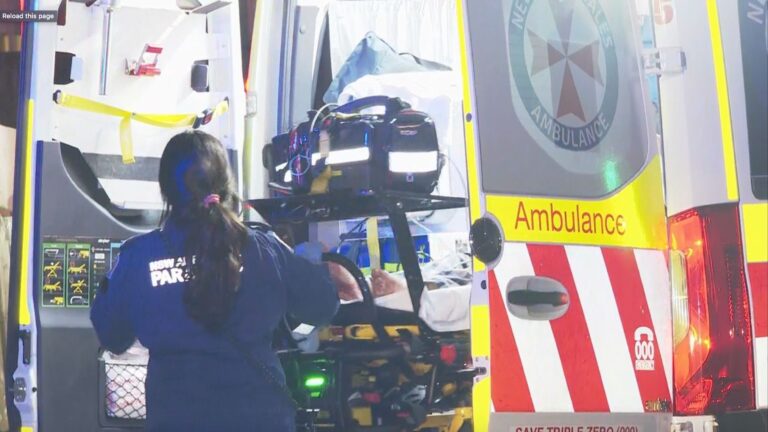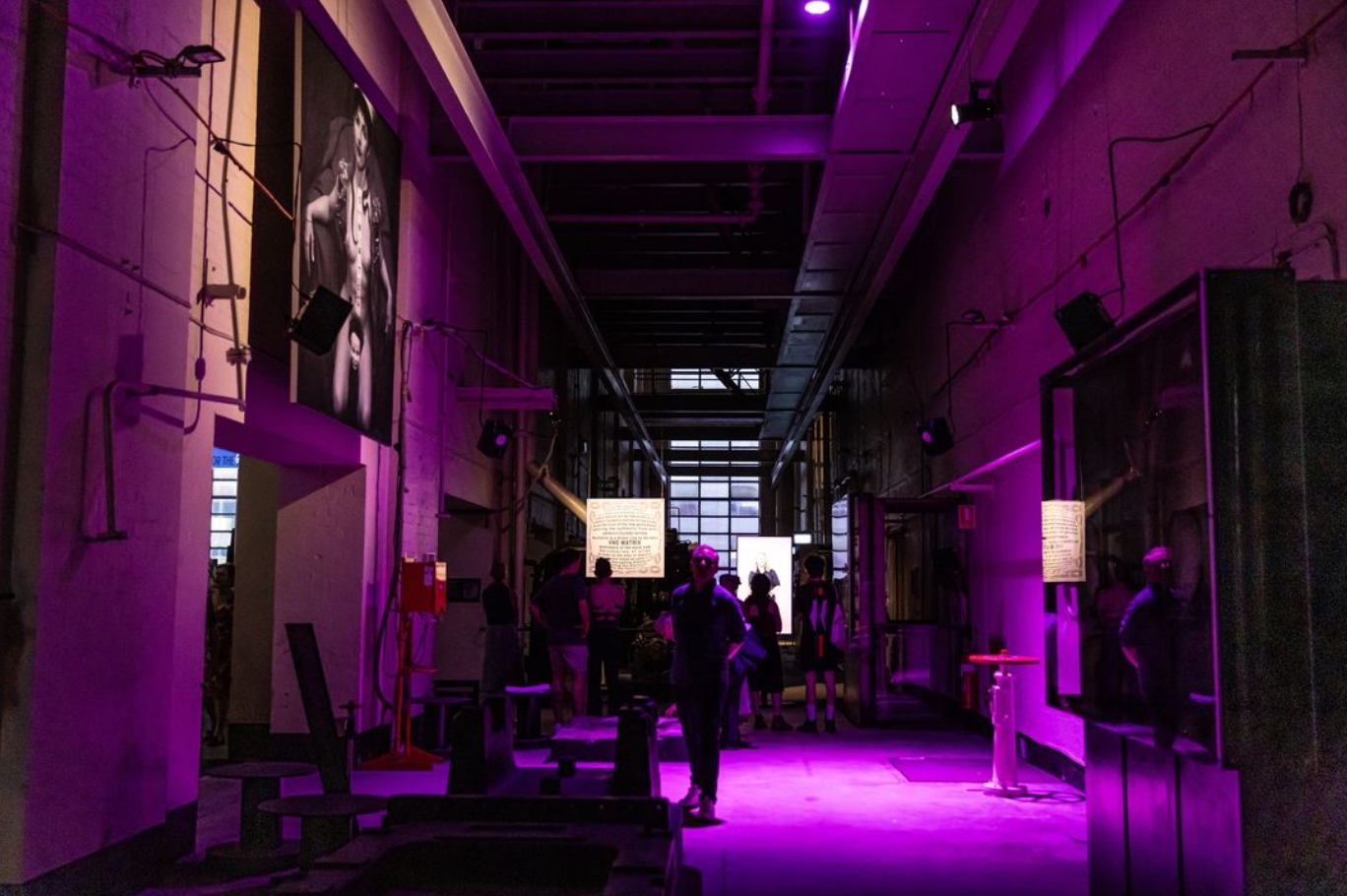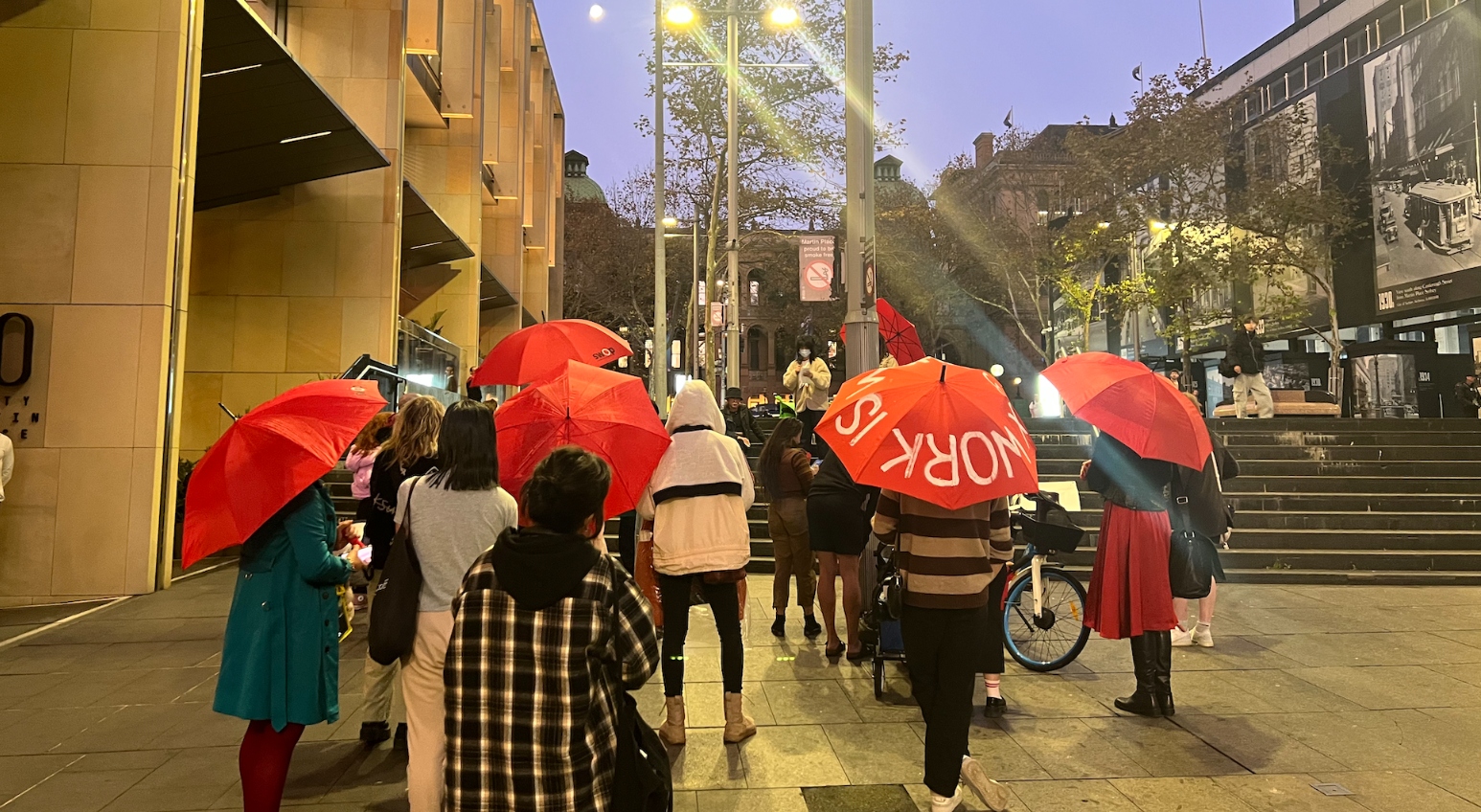
Bike network more viable for city
-
A completed network of bike lanes across Sydney’s
CBD and inner suburbs could provide more commuter
capacity than a heavy rail line, says transport expert.
Transport researcher at the Institute for
Sustainable Futures Dr Michelle Zeibots said it
wouldn’t be possible for Sydney’s confined CBD to see
a new heavy rail line built within 15 years. To remain
economically viable it is “bicycles to the rescue.”
“You can get roughly 20,000 people per hour on a
heavy rail line – the CBD job rate is roughly 300,000. If
10 per cent of people use cycling that’s the addition of a
heavy rail line into the city,” Dr Zeibots said.
“The problem is clearly the transport network
has not provided for the number of people who
want to ride bikes with infrastructure that services
their needs,” Dr Zeibots said.
The key issue facing the current network is that
it is incomplete and the missing links have yet to be built.
While some argue that Sydney’s incomplete bicycle
network is underused, the most recent bike traffic counts
indicate a surge in usage of 80 per cent on some bike
lanes in the last eight months.
During the busiest hour of peak transport times,
up to 589 cyclists were observed using the Kent St
bicycle lane in the city – almost 10 every minute. The
daily use of that bicycle lane alone exceeds 2,000
cyclists.
Last week, Premier Barry O’Farrell said the City
of Sydney’s transport plans were “at odds” with
those of the NSW Government and announced the
creation of the Central Sydney Traffic and Transport
Committee on behalf of city workers and residents.
“The majority of people coming to the city for
work or to dine, shop or attend shows – do not live
in the CBD – they rely on public transport and
car parking to access it, they can’t ride a bike,” Mr
O’Farrell said in a statement.
The Committee, to be chaired by the Director
General of Transport for NSW, would comprise three
State members and three City of Sydney Council
members.
But Lord Mayor Clover Moore has criticised the
new committee as an unnecessary extra planning
bureaucracy since Council’s plans have always had to
be approved by the State Government.
“I am interested in finding out how it will differ from current
working arrangements, given the City has limited powers
and the NSW Government already has to approve all of
the City’s transport projects, including all bike routes,”
Ms Moore said.
Dr Zeibots said a comprehensive bicycle network is
important because it doesn’t just attract people away from cars but
provides an alternative for inner city residents who only use the
train for a few stops.
“Everyone who lives locally and rides a bike is someone
who has freed one extra space on the trains in the CBD
for someone coming in from Penrith. So a comprehensive
bike network serves the interest of local residents and
businesses and people from Penrith, but in a different way,”
she said.
By Simon Anderson









